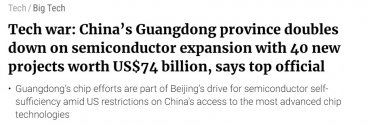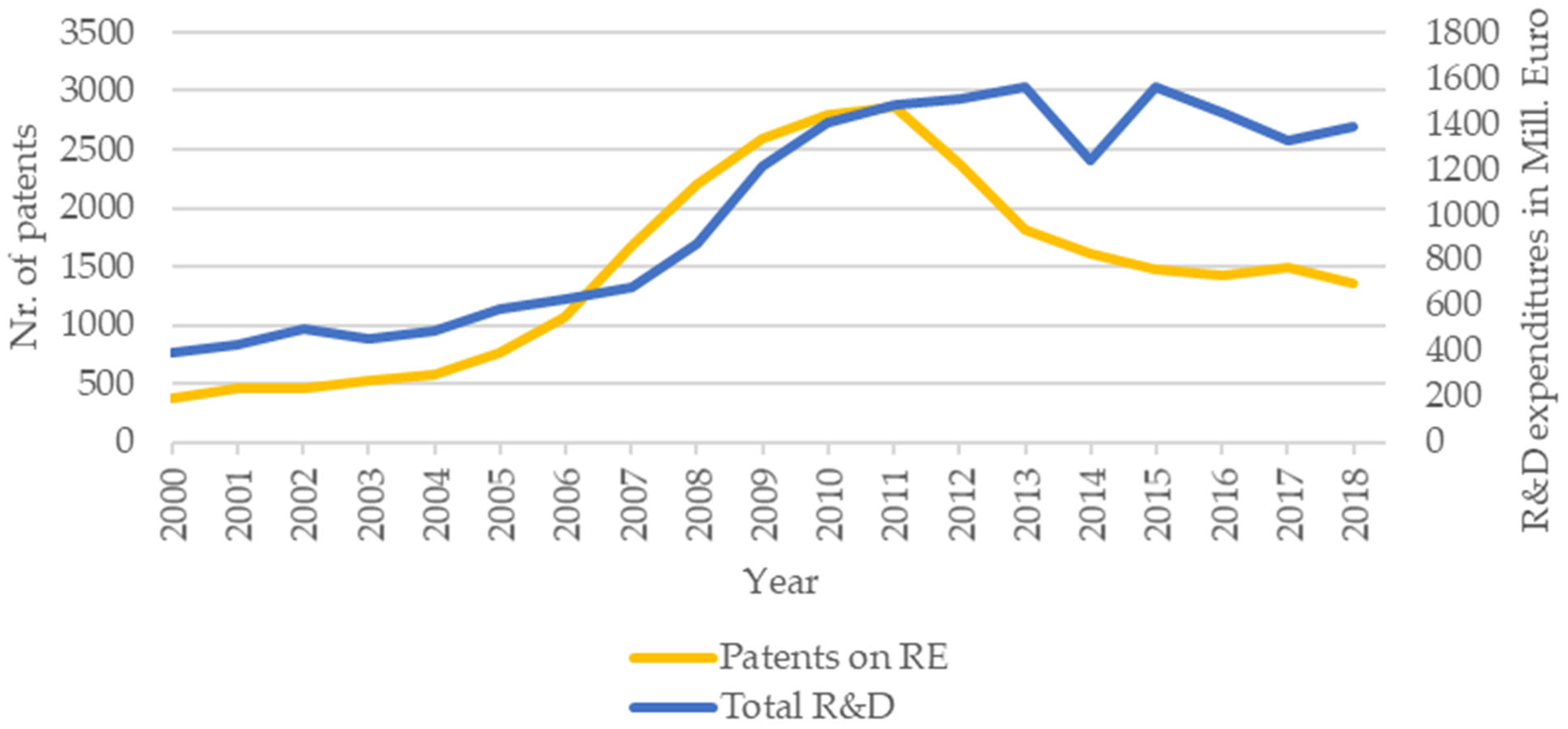Mostly agree but a few parts to expand on.
The big thing is the finance part, that dominates everything else. Soviets and Japan spent a ton on research too, but it ended up either bankrupting them, being taken away via forced acquisitions or just by burying the results of the R&D via market control. The finance part enables everything else. There's 1 more thing:
control of standards. If the market is the game, industry standards are the rules. Whoever makes the rules gets the gold, reinvesting into the finance part, while knocking down competitors who don't make compatible products.
In the past 20 years their R&D spending has been wildly inefficient and focused on their monopoly sectors like biotech that can only survive by the largest scale transfer of capital from the people to the biotech industry in the world for basically no marginal gain in life expectancy and still suffering problems like infant and maternal mortality.
It seems they more dominate in things where
image dominates over
specs. Things where looking good to ordinary customers is more important than cold hard specs that sophisticated industrial customers look for.
1st full touchscreen smartphone?
Not Apple. LG Prada, 2006. Too bad LG is Korean and they don't have the slick marketing of Apple. Now LG is out of the smartphone business despite being first.
They don't dominate EVs and they never invented EVs.
Only the Nissan Leaf was as early (sales started 2010), and was less viable.
At that time, Tesla was making the Roadster, a hobbyist sports car basically built by hand. The first Tesla equivalent to the BYD E6 was Model S that released to the public in 2012.
To tie in to the EV failure, they also failed to control the new energy market. They thought they were going to be the ones dominating renewables and EVs, and using that to control 3rd world countries. You can see that they had the intent to do this through all their ads and R&D funding in the 2008-2016 era where there were so many ads and R&D proposals and shit based on renewable energy, batteries, etc. Look at all the news from this time, how the Obama administration was funding Solyndra, A123, etc. This is even in the popular media of the time - see Earth 2100 which was a post apocalyptic climate change docu-drama putting the blame of climate change on China lmao... Yet now all the climate change worry got quietly shelved when they realized they were losing.
So to summarize, underestimating Chinese political resolve was not their only error. They failed to capture an entire major new market trend away from fossil fuels in all aspects.




